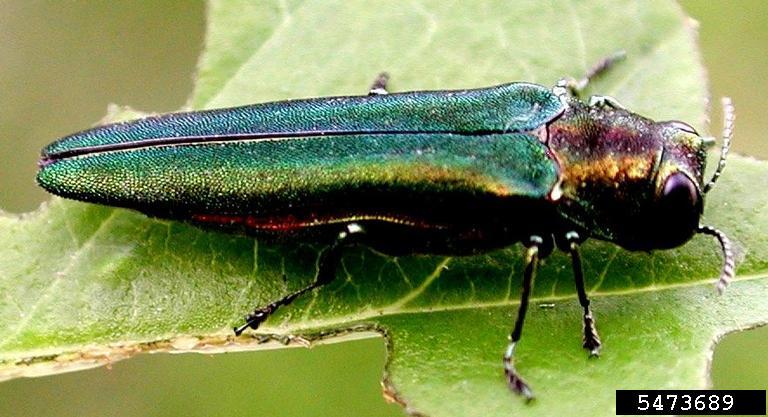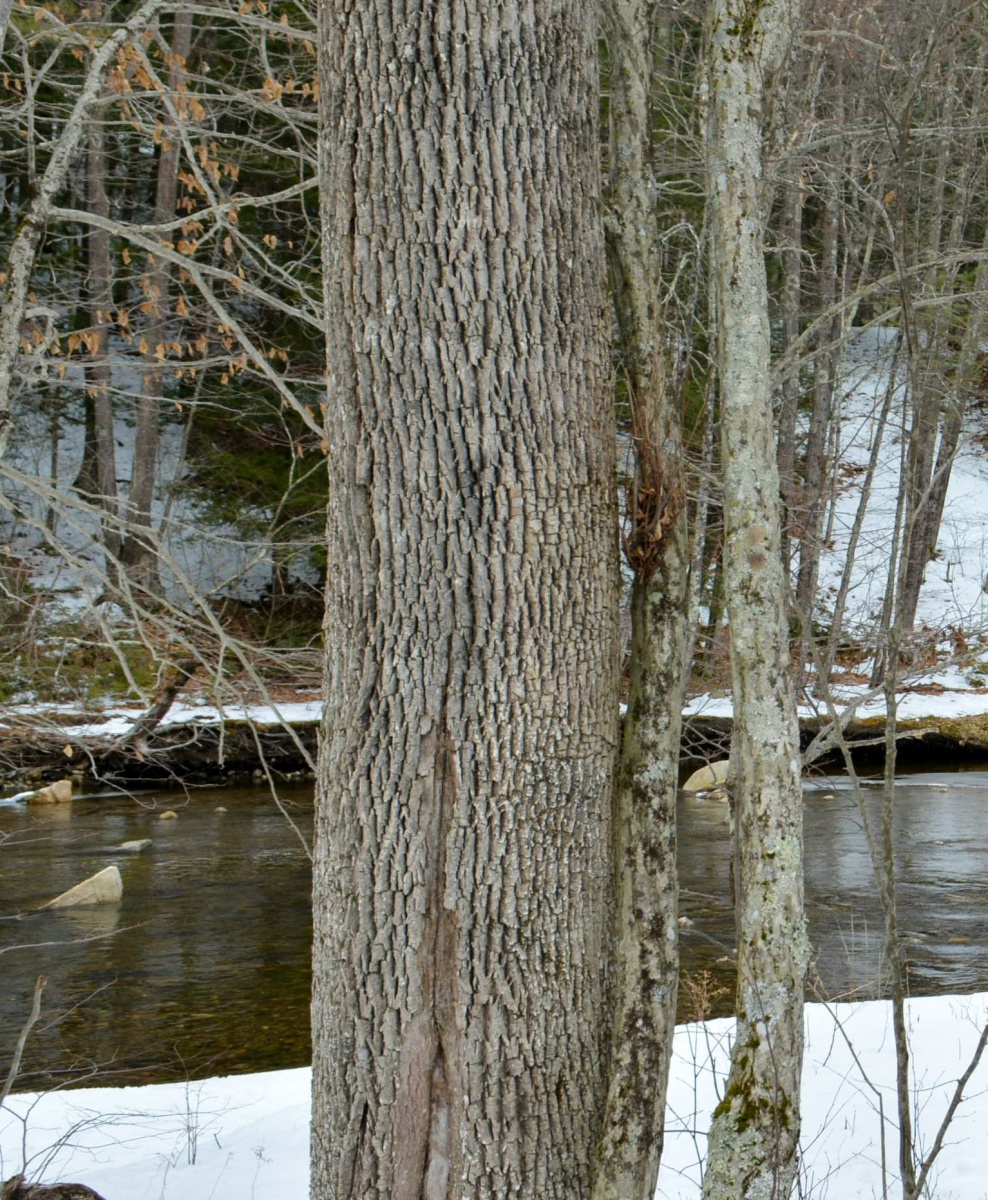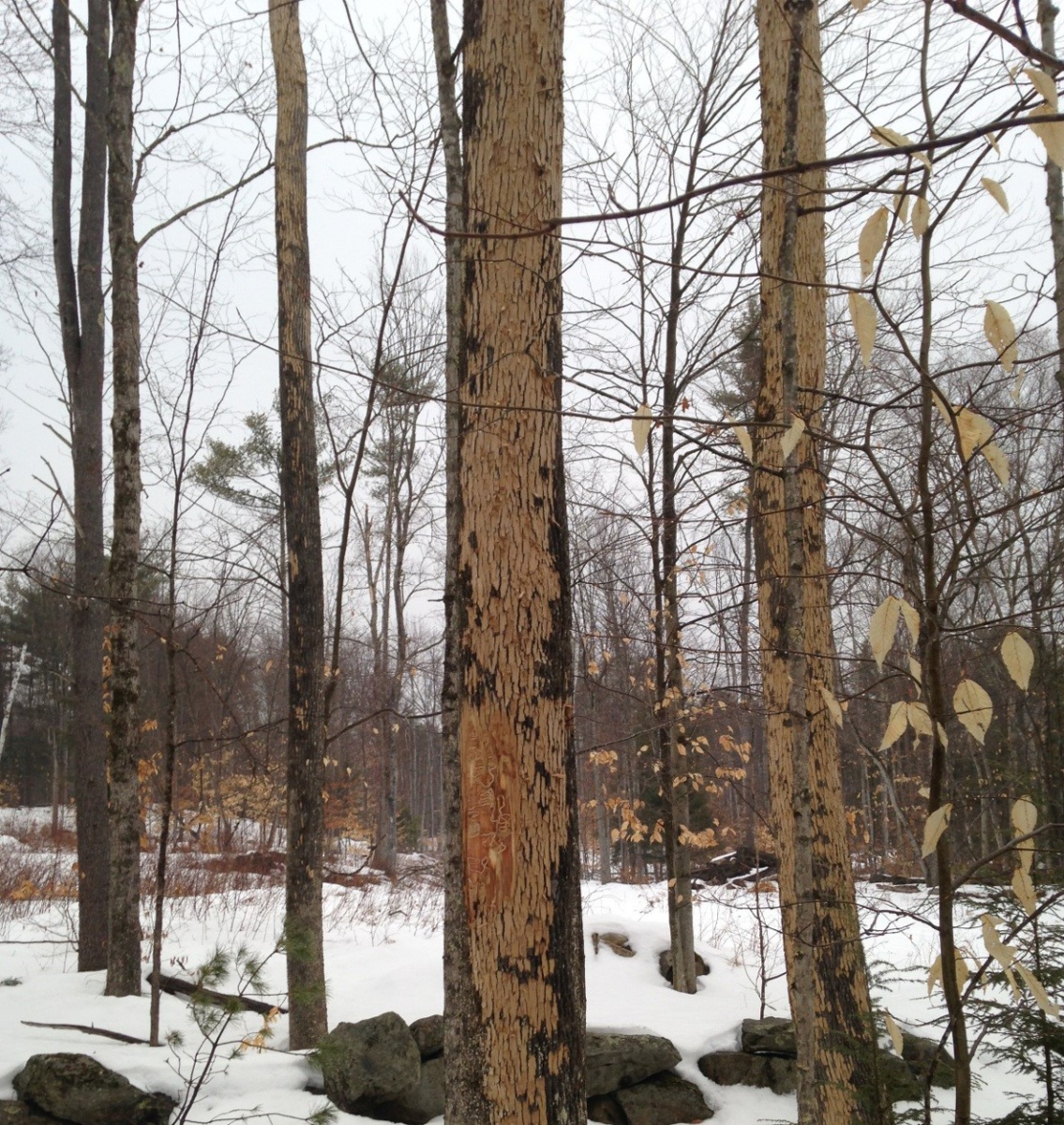Tips for Becoming an Emerald Ash Borer Detective
While you may be at home binge-watching true crime television shows right now, you can become a detective in your own right by investigating the ash trees on your property. Emerald ash borer (EAB) is a non-native insect that attacks ash trees. Unfortunately, infested trees die within 3 to 5 years. Long term management of EAB in New Hampshire involves actions by homeowners, forest landowners, communities, and state and federal agencies. Check out the map of known infestations. Now is a great time of year to look for signs of EAB. With leaves off the trees, it can be easier to spot some tell-tale signs of an infestation. Become an EAB detective by following the tips below!

What to look for during your investigation
1. Learn to identify ash trees: Knowing how to distinguish ash trees from other trees is an important first step in monitoring and planning on your property and in your community. Fortunately, this pest cannot infest any trees other than ash. Check out these tips and this video to learn more about identifying ash.

2. Look for blonding: Woodpeckers are often the first to detect EAB. They feed on EAB larvae by scratching away the outer bark leaving a “blonding” effect where patched of light-colored bark are exposed.

3. Keep an eye out for galleries: Sometimes you can see serpentine galleries left by larvae. They leave s-shaped scars that weave back and forth across the woodgrain.
Understand the opposition
- Study their tactics: Learn more about the EAB lifecycle.
- Be careful of disguises: There are many EAB look-alikes. Don't convict the wrong bug!
After the verdict
Once you determine you ash trees are infested with EAB, it’s time to consider your options:
- Recommendations for homeowners and landowners.
- Selecting trees for EAB treatments.
- Find a licensed pesticide applicator to treat ash trees.
- Using insecticides to safeguard individual trees.
- Find a certified arborist to remove infested ash trees. Learn about tree work contracts.
- Don’t move firewood. Help stop the spread of EAB in NH.
You can help protect New Hampshire's forests by reporting suspect trees or insects, being aware of the risks of spreading EAB, and by using best management practices to avoid transporting this pest to your favorite outdoor spot. Report suspicious insects and trees here.
Interested in NH bugs? Learn more by visiting www.nhbugs.org and sign up for our e-newsletter to receive updates.
Contact your county forester today!

